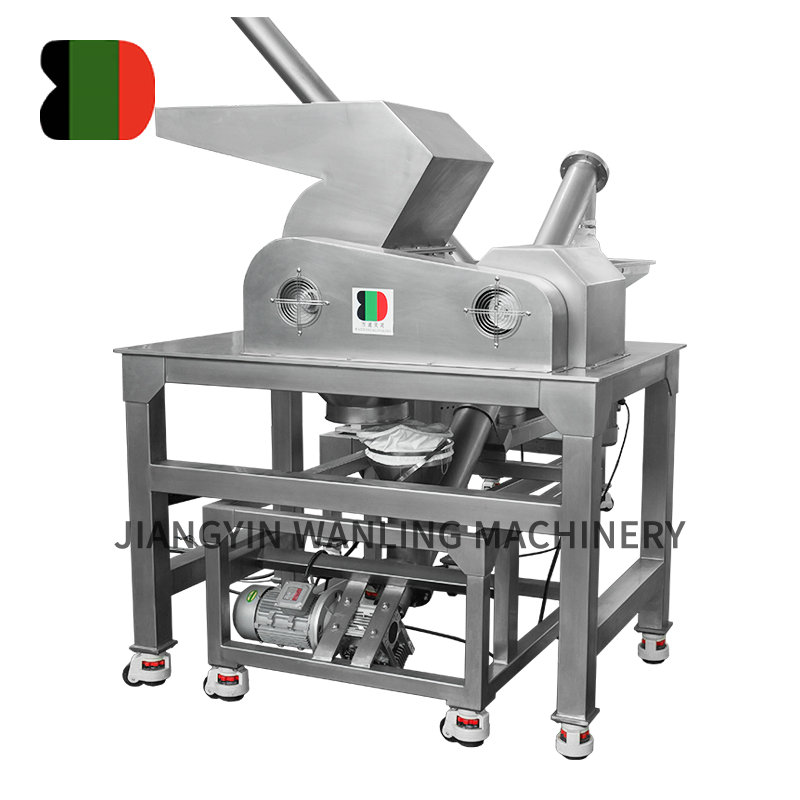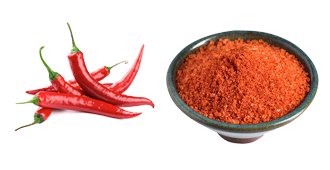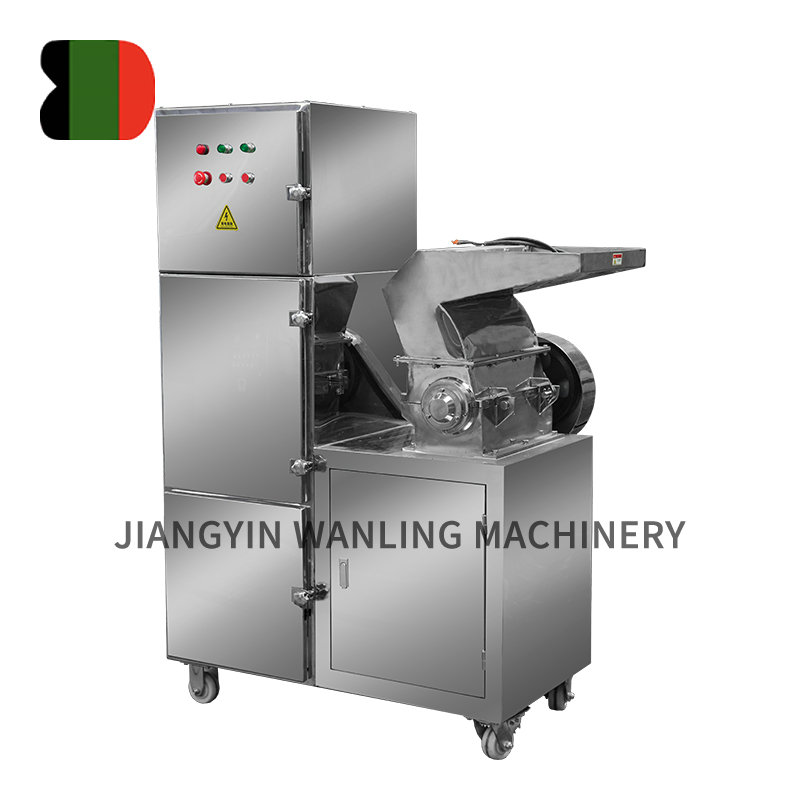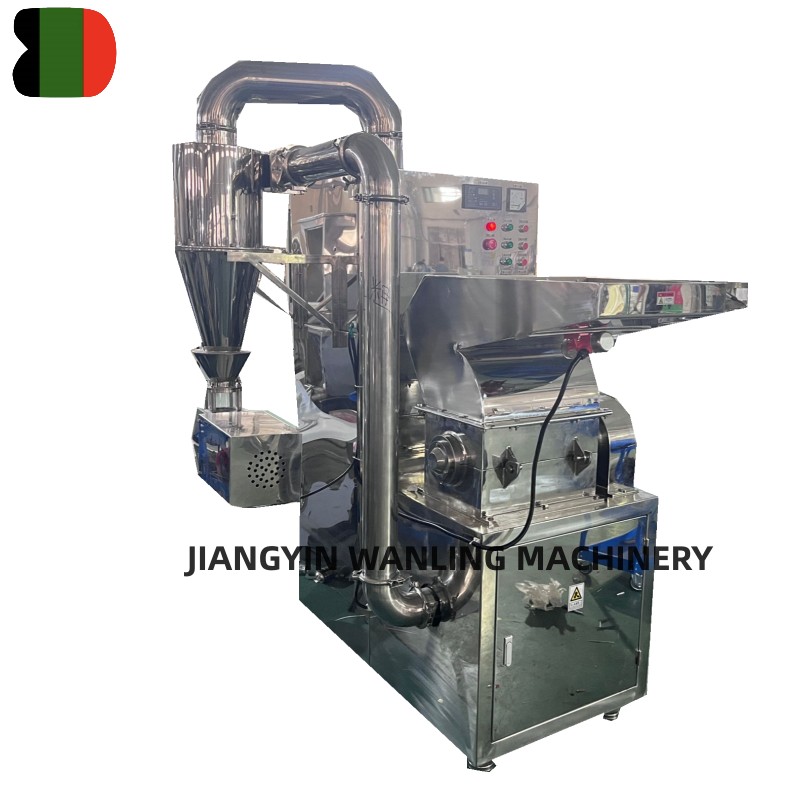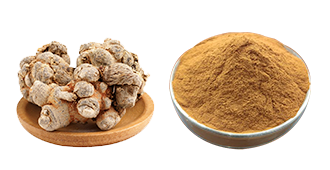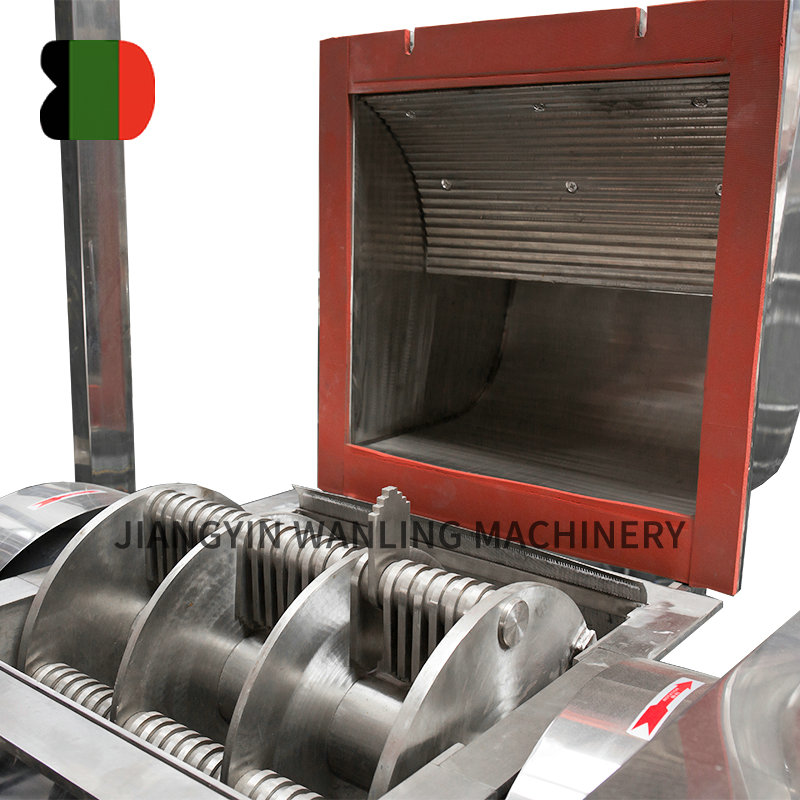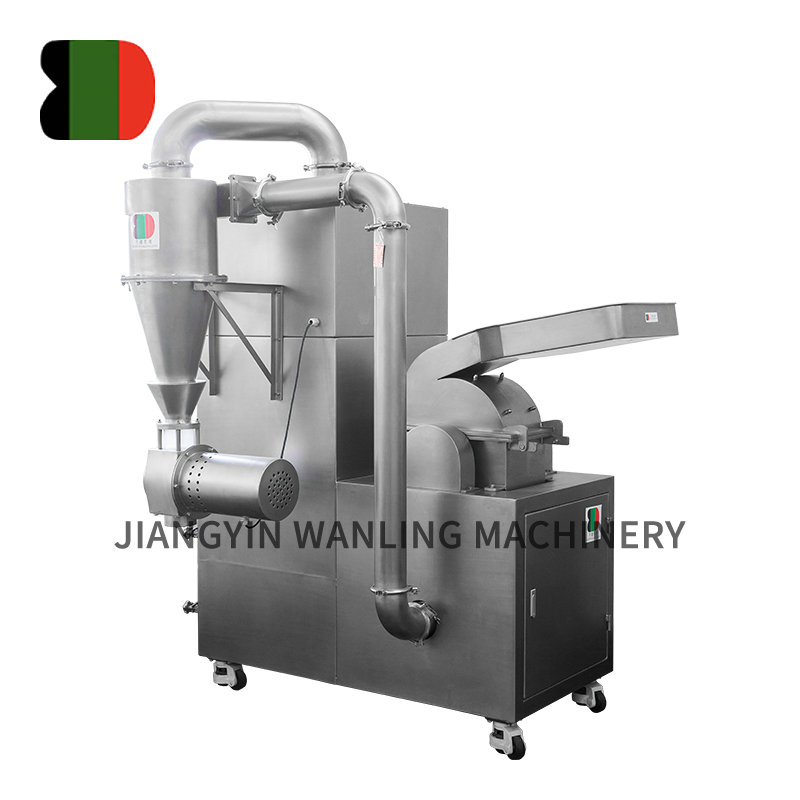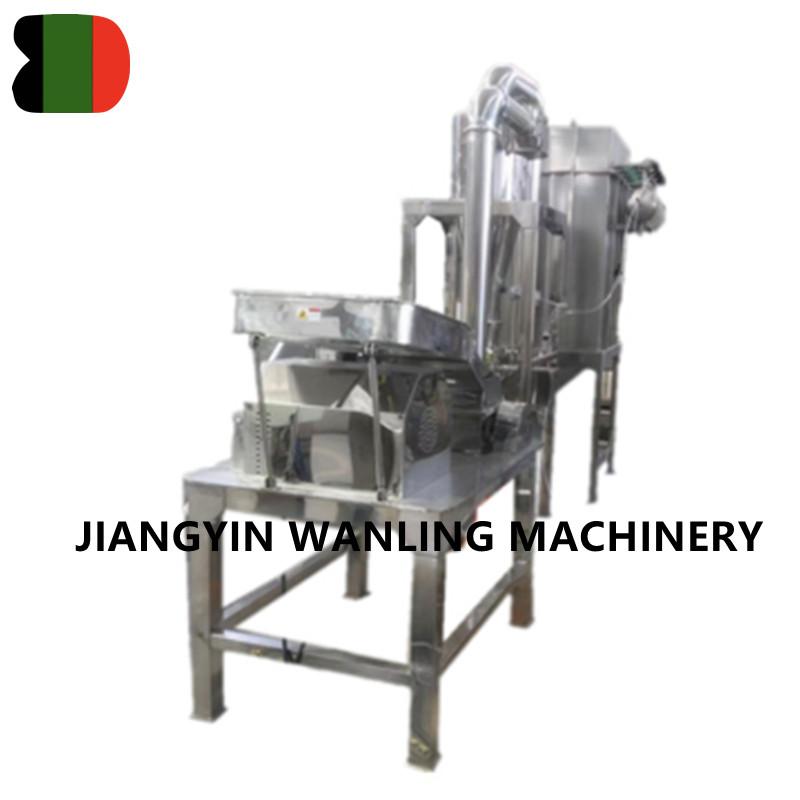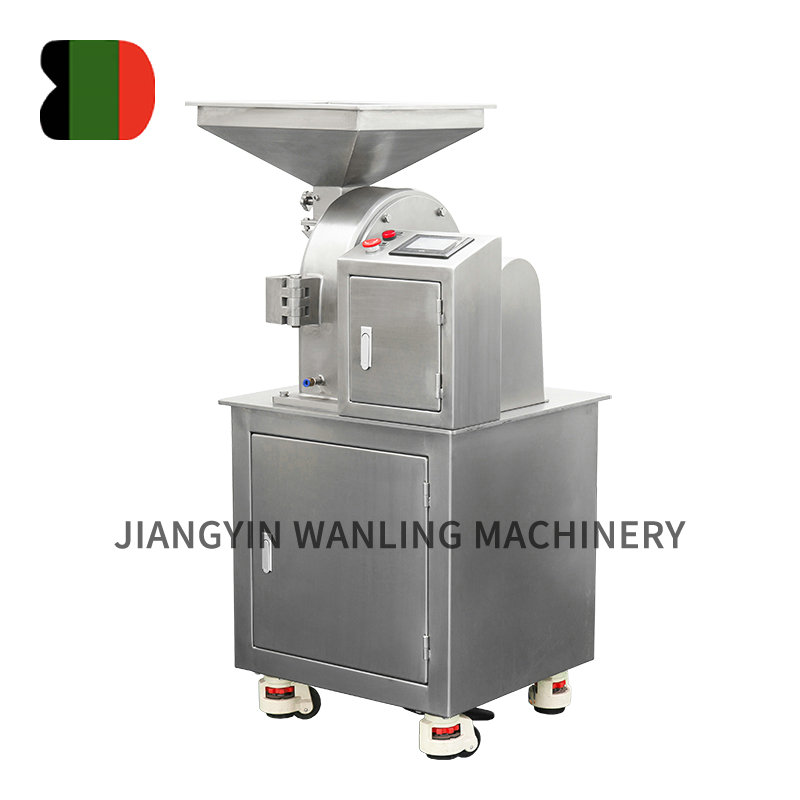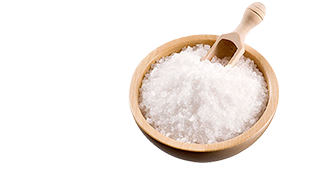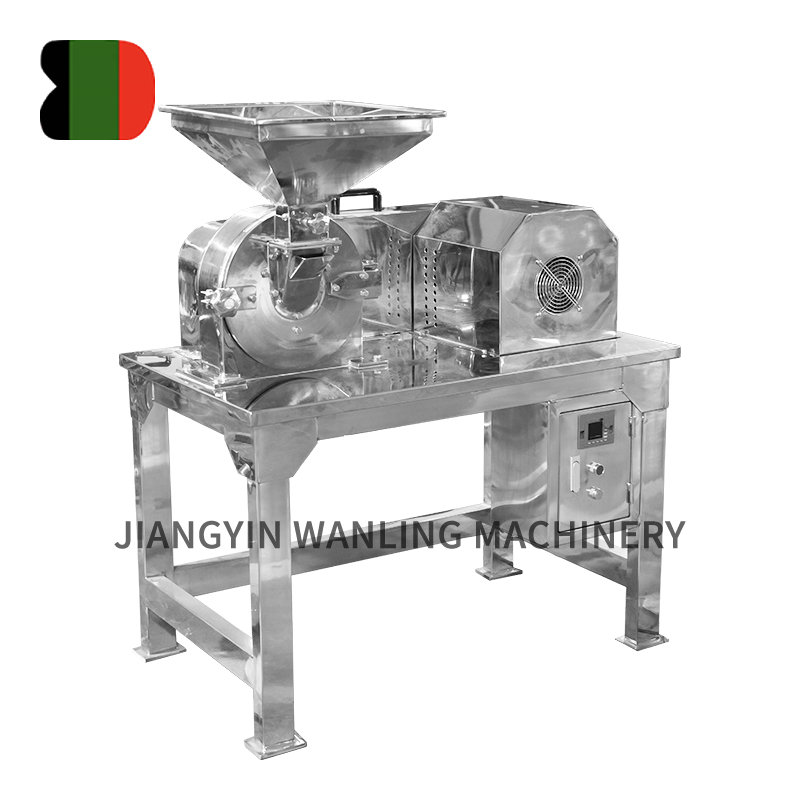The design of the drying chamber in a tray dryer is crucial in determining how uniformly temperature and humidity are distributed throughout the drying process. Here's how various aspects of chamber design influence these factors:
Airflow Distribution: The design of the chamber determines how air flows around the trays. A well-designed drying chamber ensures that airflow is evenly distributed, preventing areas of stagnation or excessive flow. Uniform airflow helps maintain consistent temperatures and humidity levels throughout the chamber, leading to more even drying of the material across all trays.
Chamber Shape and Size: The overall shape and size of the drying chamber impact how air circulates. In poorly designed chambers, airflow may not reach certain areas effectively, leading to uneven heating and drying. Conversely, an optimally sized and shaped chamber promotes better airflow circulation, ensuring that hot air or moisture-laden air moves consistently throughout the system.
Ventilation Design: The placement of vents and exhausts in the drying chamber influences how moisture is removed and fresh air is introduced. Properly positioned vents facilitate the efficient removal of humid air, preventing moisture buildup in certain areas, which can cause uneven drying. Good ventilation design ensures that the entire chamber maintains a uniform humidity level, with dry air evenly replacing moist air.
Insulation Quality: The insulation of the drying chamber walls affects heat retention and distribution. Well-insulated chambers prevent heat loss to the surrounding environment, maintaining a consistent temperature throughout the drying process. Poor insulation can cause temperature gradients within the chamber, leading to areas that are too hot or too cool, which impacts drying uniformity.
Tray Arrangement and Spacing: The way trays are arranged and spaced inside the drying chamber influences airflow and heat transfer. If trays are packed too closely, air circulation can be obstructed, resulting in uneven drying between trays or within a single tray. Proper tray spacing allows for better air movement and more uniform temperature and humidity distribution.
Heating Source Location: The placement of the heating source within the drying chamber (e.g., at the bottom, sides, or back) affects how heat is distributed. A poorly positioned heat source may result in localized hot spots, while an optimally located source ensures that heat is evenly spread throughout the chamber, leading to more uniform drying.
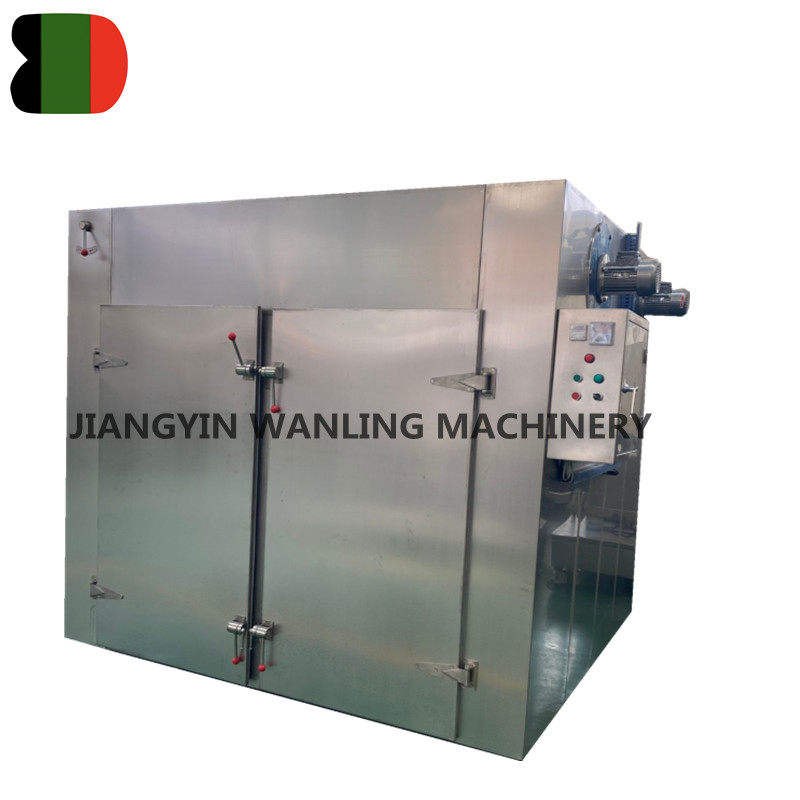
Recirculation and Mixing Systems: Some tray dryers incorporate air recirculation systems that continuously mix the air inside the chamber to maintain consistent temperature and humidity levels. These systems help to eliminate variations in drying conditions by ensuring that air is well-mixed and evenly distributed, preventing temperature or humidity imbalances.
Humidity Control Mechanisms: The drying chamber's design may include humidity control features, such as dehumidifiers or moisture sensors, to regulate the moisture content of the air. Proper humidity control ensures that the drying environment remains stable, preventing variations in moisture levels that could affect the drying consistency across trays.
Air Intake and Exhaust Placement: Where fresh air enters and exhaust air exits the chamber impacts how effectively humidity is controlled. Poorly placed intakes or exhausts can result in uneven removal of moisture-laden air, leading to humidity build-up in certain areas and inconsistent drying. Optimally positioned intakes and exhausts ensure smooth airflow and uniform humidity levels.
The design of the drying chamber—including airflow pathways, insulation, ventilation, and tray arrangement—plays a significant role in ensuring that temperature and humidity are uniformly maintained throughout the tray dryer. Proper chamber design minimizes the risk of uneven drying, resulting in higher product quality and improved drying efficiency.



 Español
Español